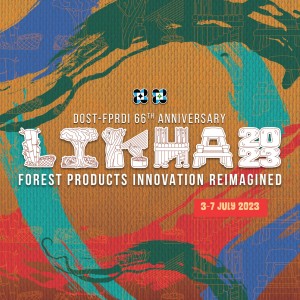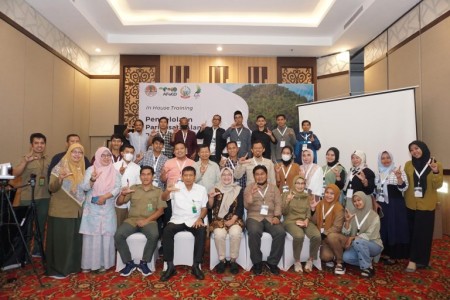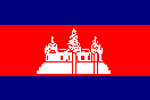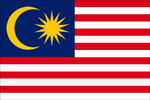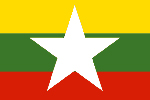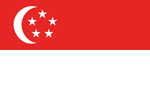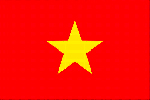Domestic Use and Export of Rattan Indonesia | 06/02/2022
DOMESTIC USE AND EXPORT OF RATTAN
by: Jasni and Krisdianto
Forestry Engineering and Forest Product Processing Research Center (FEFPProc) ,Bogor, Indonesia
Majorly, rattan are uses as materials for furniture and handicrafts. Since rattan grew in many places in Indonesia, this source can support the industry which produces furniture and handicrafts. With the new trend where people prefer to use the natural product (back to nature), the role of rattan become more important. In addition, the local and international demand at nearest time become increasingly high, either for kitchen equipment, tooth stick, furniture, etc. Rattan basket for example, is the popular commodities in Lebaran’s day for parcel packaging.
Indonesia accounts for a very large proportion of the world raw rattan production, and a dominant share of rattan exports. While exact numbers are unavailable because published data sources rarely reveal the rattan content of furniture and other finished products, it was claimed by knowledgeable trade observers that Indonesia share in 1987 of the world market for rattan raw material was 70-90 percent.
Indonesia market share has almost certainly fallen with the search for alternative sources of raw material supply, induced by the export bans and with the reduced supply of its own rattan on the world market. Nevertheless, it is clear that Indonesia remains the largest raw rattan source and rattan exporter (now exported primarily in the form of finished products) and that its share of raw rattan in world trade is reasonable in the range of 50-75 percent. A longstanding rattan furniture producer puts Indonesia current share in the upper part of this range, 65-70 percent. Indonesia actions, therefore, still have a large impact on the world rattan market.
From 1971 to 1986, the volume of rattan exports grew at a compound annual rate of 26 percent in real value terms. Then, for the seven years following the imposition of the export value grew more slowly than before but still more than doubled over the period.
Rattan production and processing has involved a wide range of rural and urban groups for over one hundred years from planters to furniture makers. Rattan production and trade has played an important employment and revenue role, particularly in Sumatra, Kalimantan and Sulawesi. Small-and medium-scale rattan processor are labour intensive. Primary stackholders in rattan resource management range from small-scale producers who either gather as the cottage industry of mat-weavers in the outer islands, to export-based rattan furniture factories on Java.
Estimates of the numbers of people who gather wild rattan from the forest are particularly problematic. In 1983, there was said to be around 100,000 people involved in the rattan industry, some 17,000 of whom were in the handicraft industry (Silitonga et al. 1993). In later years, the wider rattan production and trade community with its support services expanded. The Governor of Kalimantan in 1992 spoke of 700,000, half the province population, having some economic stake in rattan (Kompas 1992b).
Supriadi et al. (2005) reported that domestic need of rattan material for furniture and handicrafts was about 166,000 – 310,000 ton/year. Indonesian Furniture Association (ASMINDO) (2005) reported the need of natural cane was about 165,737.44 ton per year.
***********
| NO | FILE NAME | DOWNLOAD |
|---|---|---|
| 1 | Rattan_Exports_from_Indonesia.pdf | Download |


